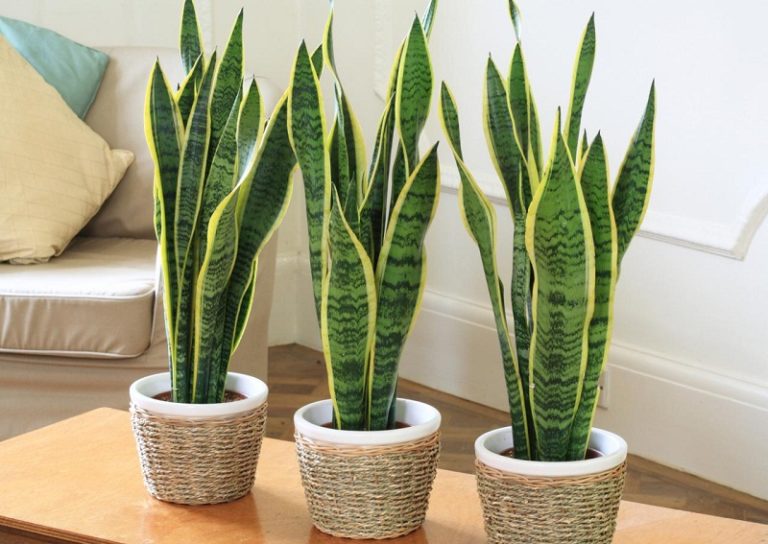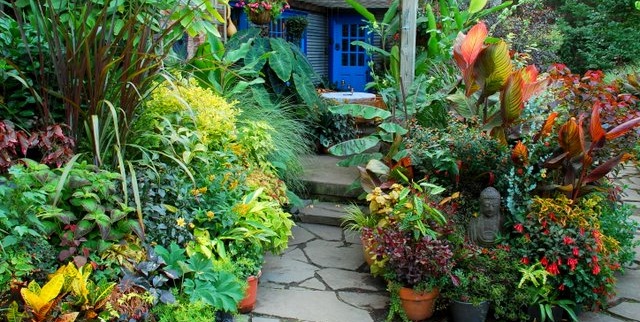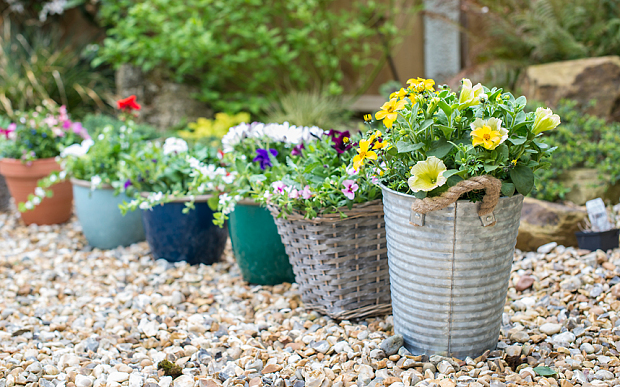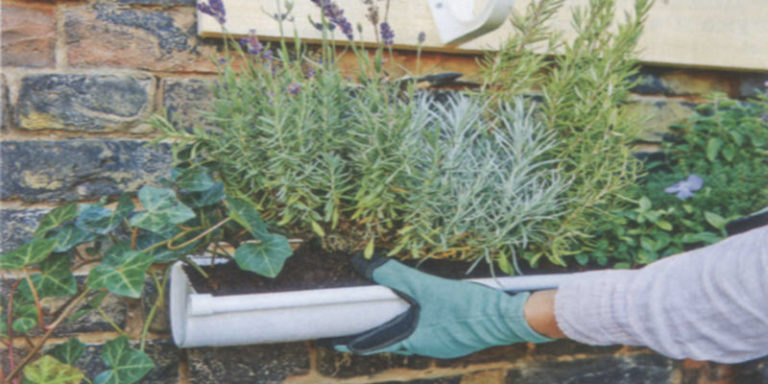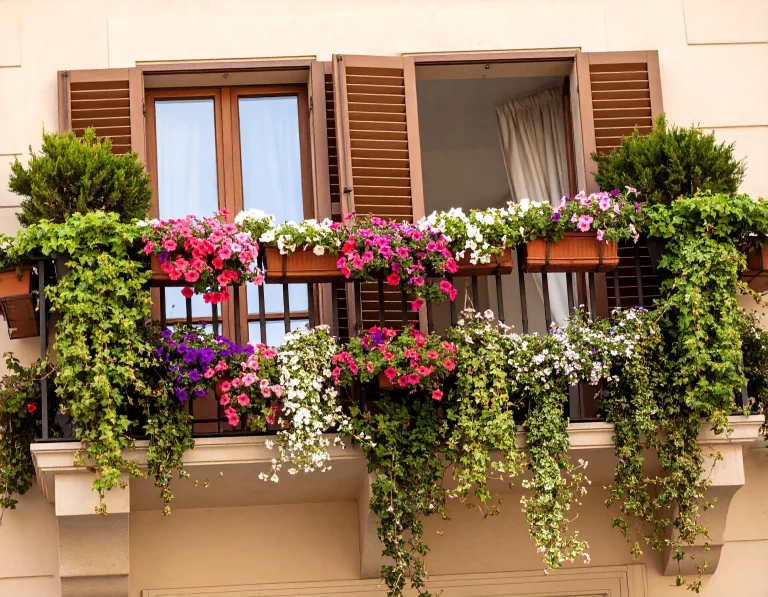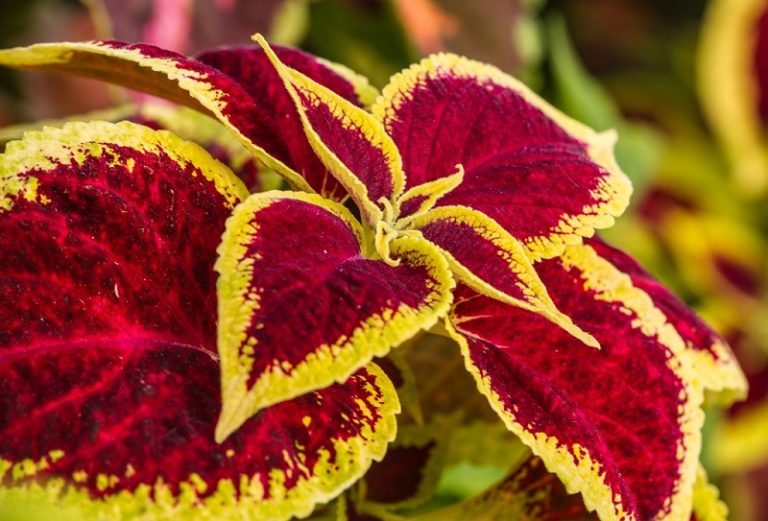Vertical beds: hydroponics
With the help of the vertical arrangement of the grown plants, you can significantly save space without harming the crop.
There are several ways to build vertical structures. Vertical beds can be grown on the ground or by hydroponics. Hydroponics allows you to grow plants without soil. Plants are fixed in such a way that the roots are immersed in a nutrient solution. The environment for the development of the root system is water enriched with minerals.
Water method
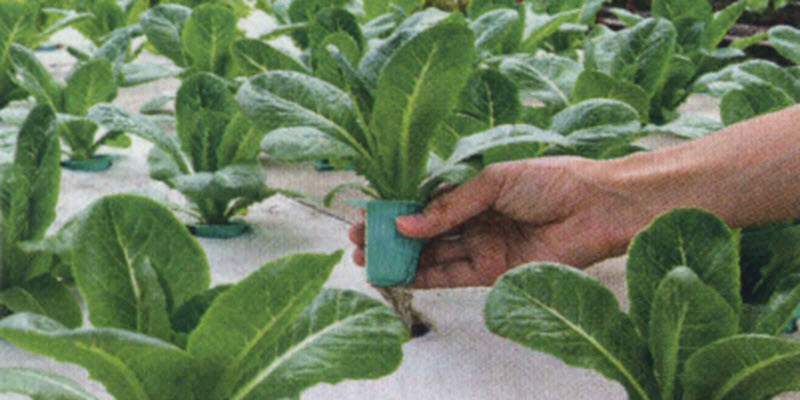
The liquid can be standing or flowing.
Substrate method
The root system develops in a substrate base without nutrients. The main task of the substrate is to absorb the solution and gradually give nutrients to the plants.
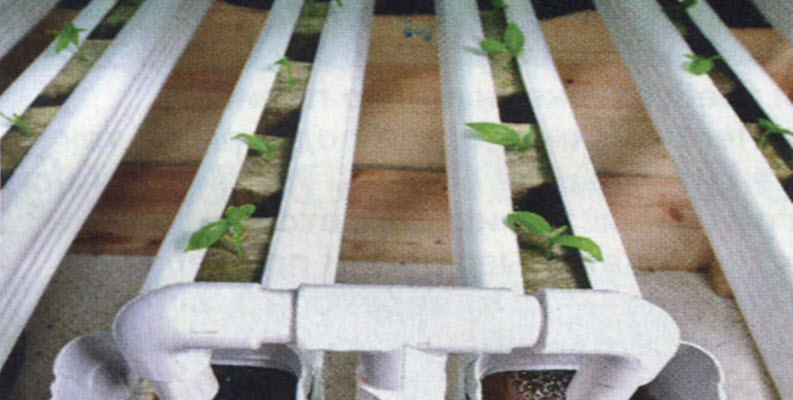
Substrates for hydroponics can be perlite, expanded clay, mineral wool, coke oven substrate and other hygroscopic materials.
Aeroponics
The air method requires the use of a steam generator, which provides a nutrient mist in which the upper two-thirds of the root system of plants are immersed. The lower part is immersed in a nutrient solution. The steam generator is turned on several times a day for just a couple of minutes.
The substrate method and aeroponics work with the flow-through method of supplying the solution.
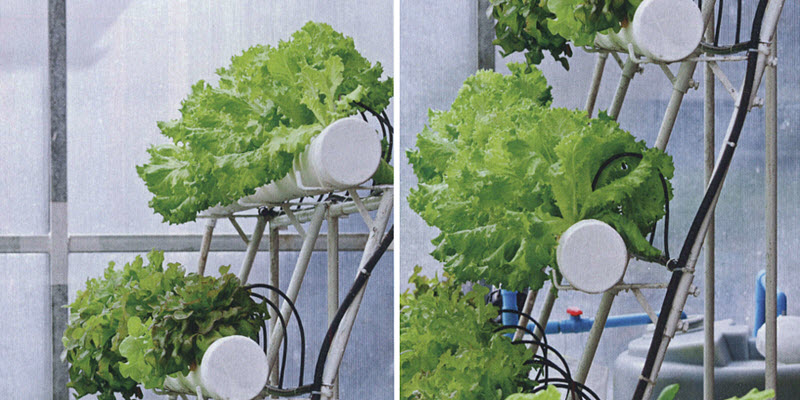
Features of growing plants by hydroponics
For hydroponics you will need
- closed room
- equipment for forced solution supply
- The water must be filtered or settled for several days
- preparation of water by pH to slightly acidic (pH 5.5-6.5)
- control of the acidity of the solution before and after fertilizer administration.
When preparing the solution, it is necessary to take into account the needs of plants in mineral composition, the phase of their development, illumination, temperature and humidity of the air, and the frequency of watering.
The benefits of vertical beds
To understand which of the methods of vertical cultivation is more profitable, you can calculate the capacity of the beds using strawberries as an example.
On a square meter of land, you can grow a maximum of thirty strawberry bushes according to the planting scheme 25×15.
With horizontal placement of beds using the “shelves” method, with a depth of 15 centimeters and a distance between containers of twenty centimeters, it is possible to place only three beds on a base with an area of a square meter. At the same time, the maximum number of strawberry bushes in each of them will not be more than seven pieces. Total – 21 bushes. You can double the number of plants by making the base of an A-shaped structure. So you can get 42 bushes. This is the maximum that can be placed per square meter. With a denser arrangement of beds and shelves, plants will have a shortage of light, and you will have to forget about the harvest.
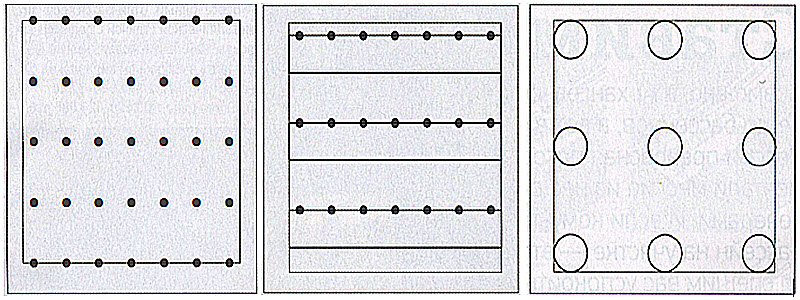
. . . . . .
Using the same square meter for a tubular vertical garden, we get the opportunity to place nine vertical beds of PVC pipes with a diameter of 15 cm according to the 25×25 scheme from edge to edge of the pipe. Planting three bushes in each vertical bed , we are waiting for a harvest approximately equal to the harvest from an ordinary garden. By installing meter-long pipes (without taking into account the length immersed in the substrate), you can grow about eighteen strawberry bushes in one vertical bed. In total, 72 bushes can be placed on one square meter.

Beds with vertical hydroponics can only be placed horizontally, using the shelf method. The number of bushes per unit area will be equal to the results of a similar case with soil, that is, 42 pieces.
The yield of any of these methods depends on care. Under ideal conditions, hydroponics increases yields.
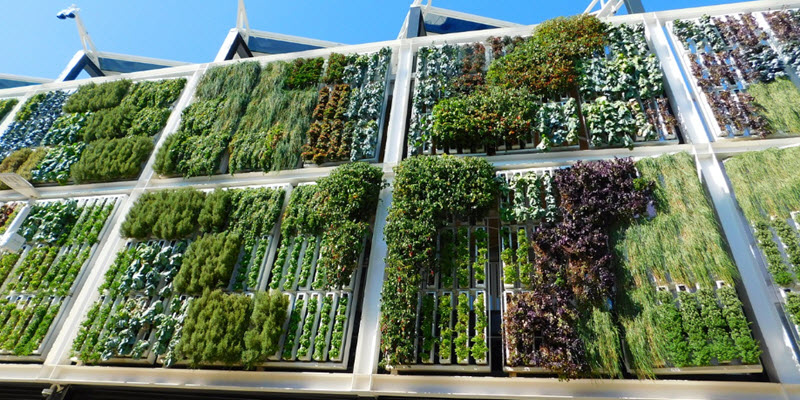
Lavender comes in pink, purple, white, and even yellow.


